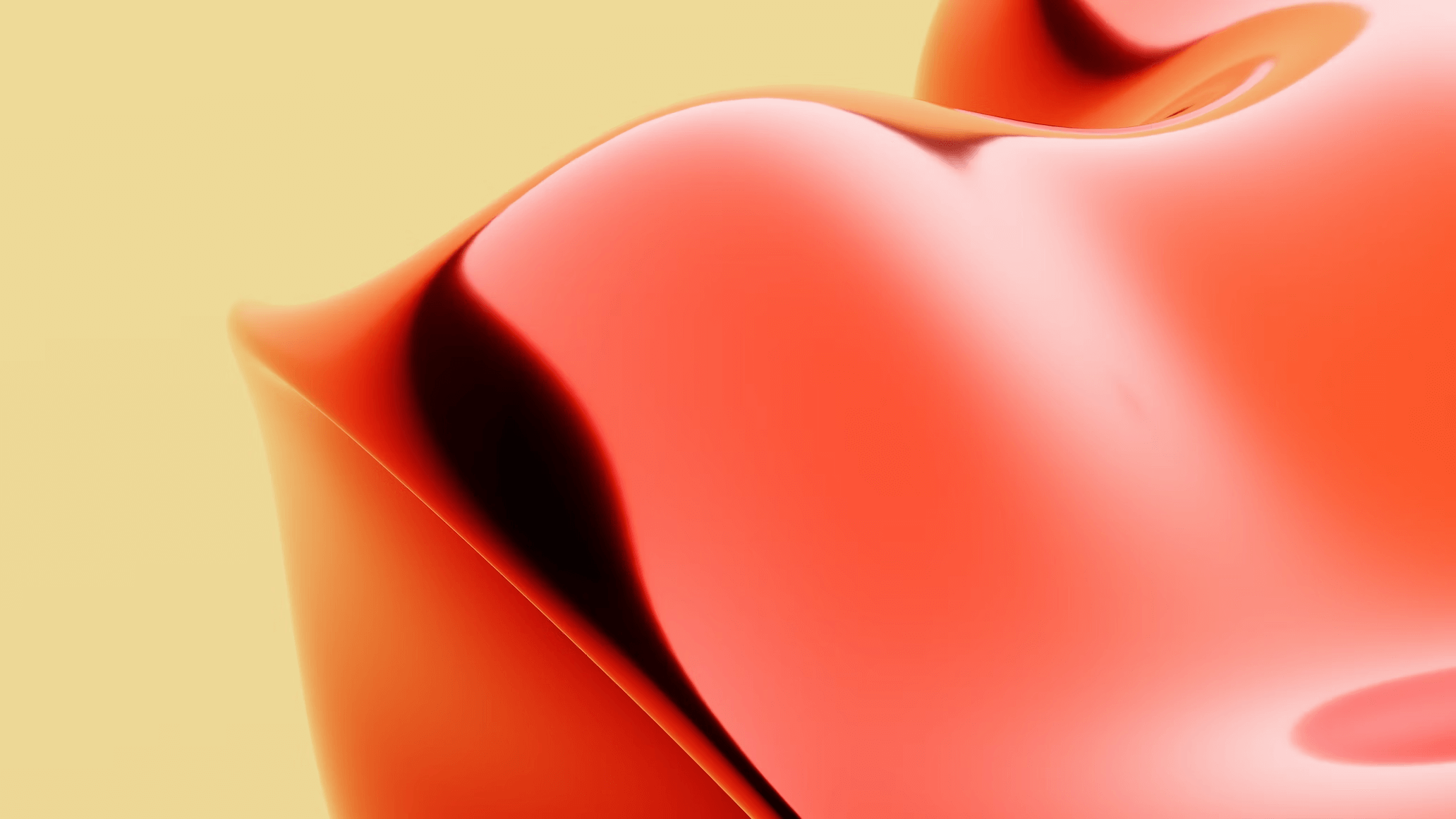Sculpture: The Enchanting Art of Three-Dimensional Creation
February 1, 2025 | by anhtvh.work@gmail.com

Sculpture: The Enchanting Art of Three-Dimensional Creation
Concept and History of Sculpture
Sculpture is one of humanity’s oldest art forms, showcasing human creativity by crafting three-dimensional forms from various materials. From the rudimentary sculptures of prehistoric humans to the sophisticated masterpieces of the modern era, sculpture consistently reflects the spirit, culture, and society of each period.
The history of sculpture spans many eras, from the Stone Age with small statues made of clay, stone, and animal bones, to antiquity with the majestic mythological statues of Greece and Rome. The Renaissance witnessed a powerful resurgence of sculpture with humanistic and realistic works. Diverse sculptural styles have emerged, each with its unique characteristics, reflecting the continuous evolution of sculptural art.
Materials and Techniques in Sculpture
Materials:
A wide range of materials are used in sculpture, including: stone (marble, granite, limestone…), wood, metal (copper, iron, aluminum…), clay, cement, composite resins, and even recycled materials. Each material offers unique properties, influencing the crafting techniques and the final aesthetic appeal of the artwork.
Techniques:
Sculptural techniques are also incredibly diverse, ranging from carving, sculpting, and chiseling hard materials like stone and wood; to molding and shaping pliable materials like clay and wax; or the complex metal casting technique. The choice of technique depends on the material, the artist’s vision, and the desired aesthetic effect.
Notable Sculpture Styles
Throughout history, numerous sculptural styles have emerged, each with distinct characteristics. For example, the classical Greek style with its idealized beauty, the Baroque style with its opulence and drama, or the modern style with its unconventional and abstract approaches. Exploring various sculptural styles provides a deeper understanding of this art form’s development and diversity.
The Influence of Sculpture on Life
Sculpture is not merely an art form but an integral part of cultural and social life. Sculptural works enhance urban landscapes, preserve historical and cultural values, honor historical figures, and express human thoughts and perspectives. It serves as an endless source of inspiration for artists and a subject of study for scientists and researchers.
Conclusion
Sculpture is a diverse and rich art form, consistently offering viewers exceptional aesthetic experiences. The unceasing creativity of sculptors has and continues to enrich the spiritual lives of humanity.
RELATED POSTS
View all
